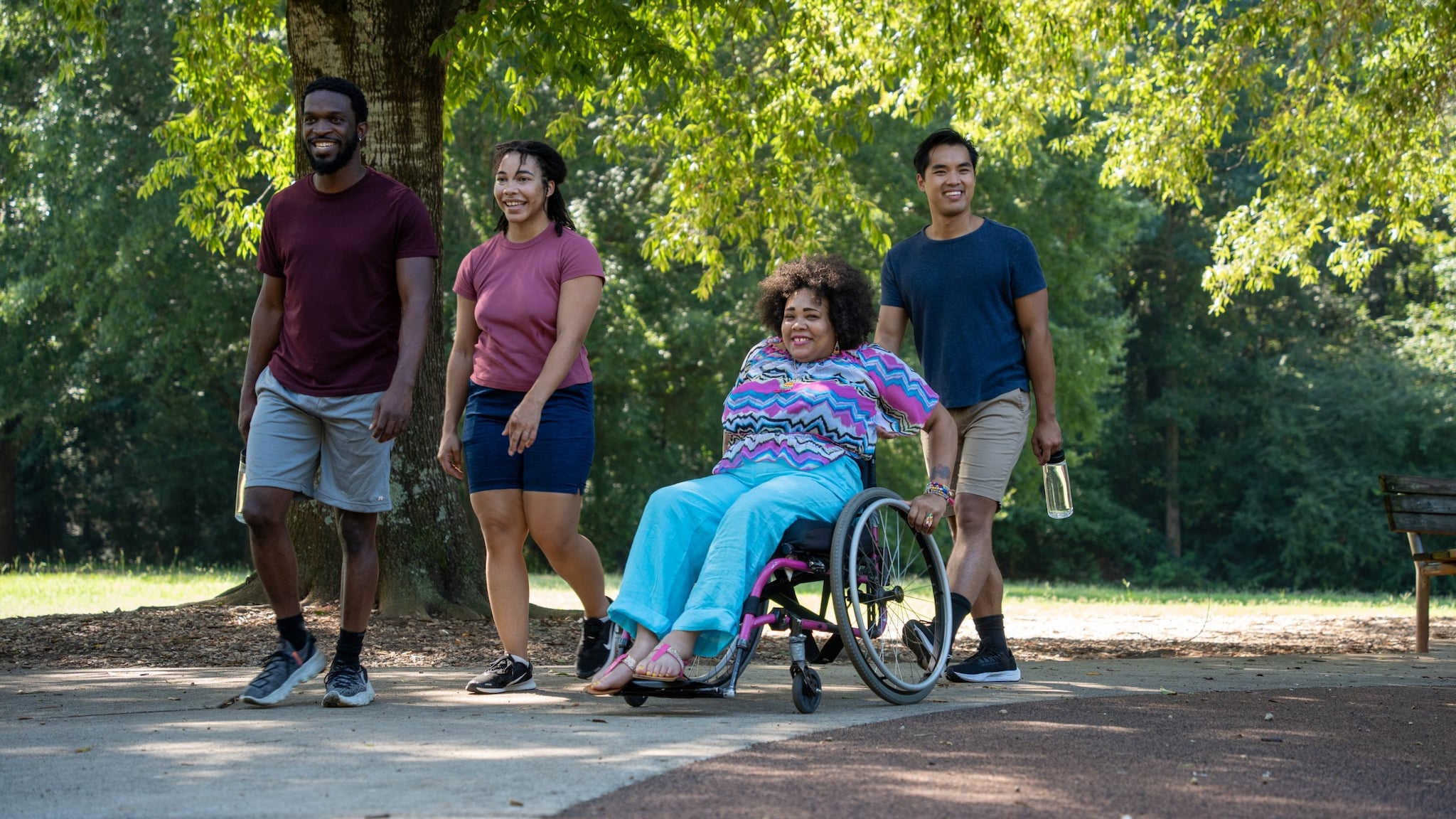At a glance
- Physical activity can be assessed in many ways.
- Several national and state surveys measure physical activity for U.S. adults and young people.
- Learn about the surveillance systems CDC uses to track physical activity behaviors.

Assessing physical activity
Physical activity is often assessed in two broad ways. One way is with self-reports, including questionnaires or diaries. The second way is with devices that measure movement, which includes accelerometers or pedometers.
Physical activity can be summarized into:
- Categories, such as low, medium, or high levels.
- Continuous measures, such as total kilocalories (energy) expended in physical activity in a given period.
The Physical Activity Guidelines for Americans are frequently used as a standard for U.S. surveys. Survey respondents are often classified into three groups based on the Guidelines:
- Active—meeting the guidelines.
- Insufficiently active—some reported physical activity but not enough to meet the guidelines.
- Inactive—no reported physical activity.
Physical activity

Six U.S. national surveys for physical activity
These surveys have different purposes and therefore use different questions. Findings from the different surveys can be used to describe Americans' physical activity levels and trends.
Behavioral Risk Factor Surveillance System (BRFSS)
Started in 1984, this telephone survey provides ongoing data on major behavioral risk factors among American adults. It emphasizes state-level surveillance. Data are collected monthly in all 50 states, the District of Columbia, American Samoa, Palau, Puerto Rico, the U.S. Virgin Islands, and Guam.
National Health Interview Survey (NHIS)
Beginning in 1957, these personal household interviews provide data on various health topics. The survey provides national estimates that can be used to track progress toward national health objectives such as Healthy People 2030.
National Health and Nutrition Examination Survey (NHANES)
Since the 1960s, this combination of personal interviews and direct physical examinations has provided information about the health of Americans. It involves a nationally representative sample of about 5,000 people yearly.
Youth Risk Behavior Surveillance System (YRBSS)
Developed in 1990, this system monitors priority health risk behaviors that contribute to the leading causes of death, disability, and social problems among U.S. adolescents. YRBSS includes a national school-based survey conducted by CDC, as well as state, territorial, tribal, and local surveys. Physical activity data are collected every 2 years. The data can be used to monitor progress toward Healthy People 2030 objectives.
National Survey of Children's Health (NSCH)
This annual self-administered mail- and web-based survey is conducted by the U.S. Census Bureau. One child per household is randomly selected. A parent or guardian receives an age-specific topical survey about the child.
National Household Travel Survey (NHTS)
This survey asks about travel modes, commuting habits, and long-distance trips and is conducted by the U.S. Department of Transportation. It was formerly known as the Nationwide Personal Transportation Survey and the American Travel Survey.
International questionnaires
International Physical Activity Questionnaire
This is a questionnaire designed to monitor physical activity levels in large populations. This questionnaire can be used to compare the physical activity levels of different countries.
